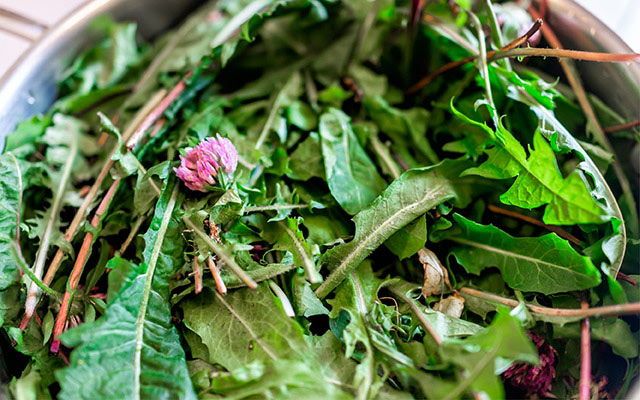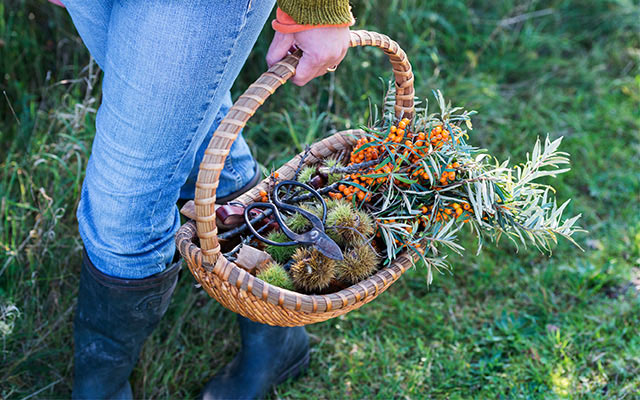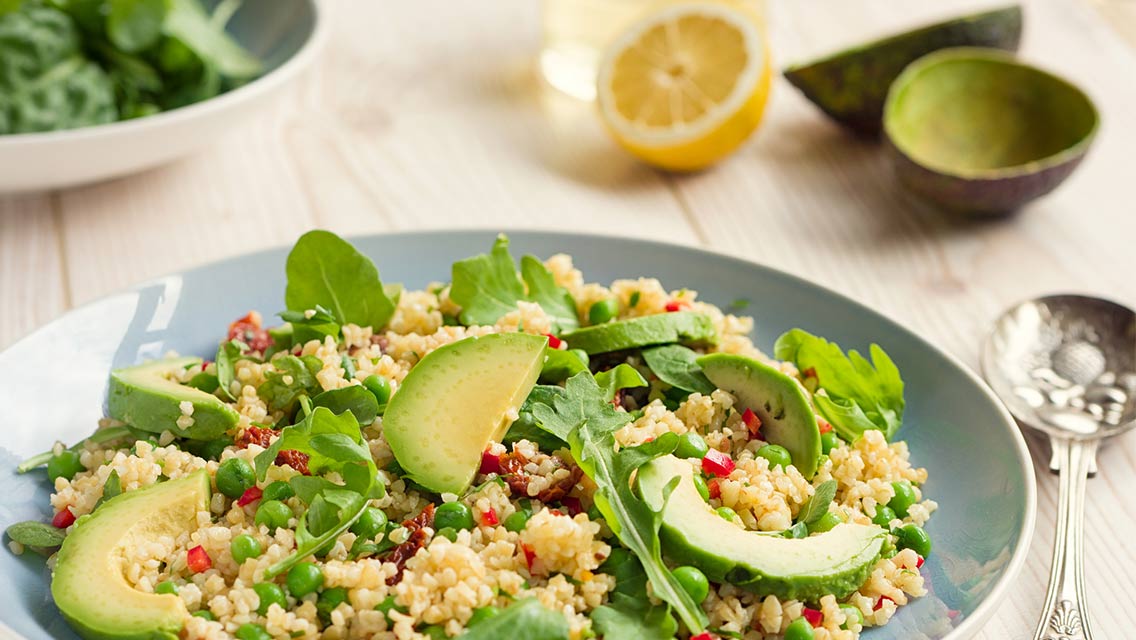1. Take a class or go with a guide.
There are field guides, experts, classes, and weekend workshops in most parts of the country. Not only will you learn what to forage safely, you’ll also connect with fellow wild enthusiasts, Whitman says.
2. Avoid sprayed areas.
Urban parks can offer a wealth of choices for foraging, but be sure to double-check that you’re looking in an area that hasn’t been sprayed with pesticides and herbicides. Bergo recommends avoiding places that look manicured — like the fringes of a golf course or a friend’s pristine yard.
3. Plant your own hunting ground.
Although this eliminates the thrill of the hunt, it’s a good way to make sure you have an ample supply of your favorite wild things. You can also ensure they’ve been grown without pesticides. For example, Bergo recommends buying ramps (wild leeks) from your local food co-op — ideally with roots attached — and planting them in a shady spot in your garden for harvesting later. Harvest only a few leaves during the first seasons to avoid killing the plant before it can produce seeds. He also notes that lamb’s quarters and nettles, when planted, could produce multiple generations of plants in a single year.
4. Forage only as much as you’ll reasonably eat.
Foragers are often told they shouldn’t harvest all the plants or mushrooms in an area because they’ll eliminate further growth. That’s a myth, says Bergo — especially regarding mushrooms. With many species of plants, harvesting actually spurs more growth, just like cutting back herbs in a garden (with the exception of digging things out of the ground, which kills the plant). That said, don’t harvest as if you’re a commercial enterprise. Pick only what you’ll eat, and you’ll likely leave plenty for others.
Most of all, try to view foraging as an exciting way to expand your food selection, connect with nature, find new community, learn a ton, and give yourself the gift of going a little wild.
This originally appeared as “Time to Forage” in the June 2020 print issue of Experience Life.




This Post Has 0 Comments